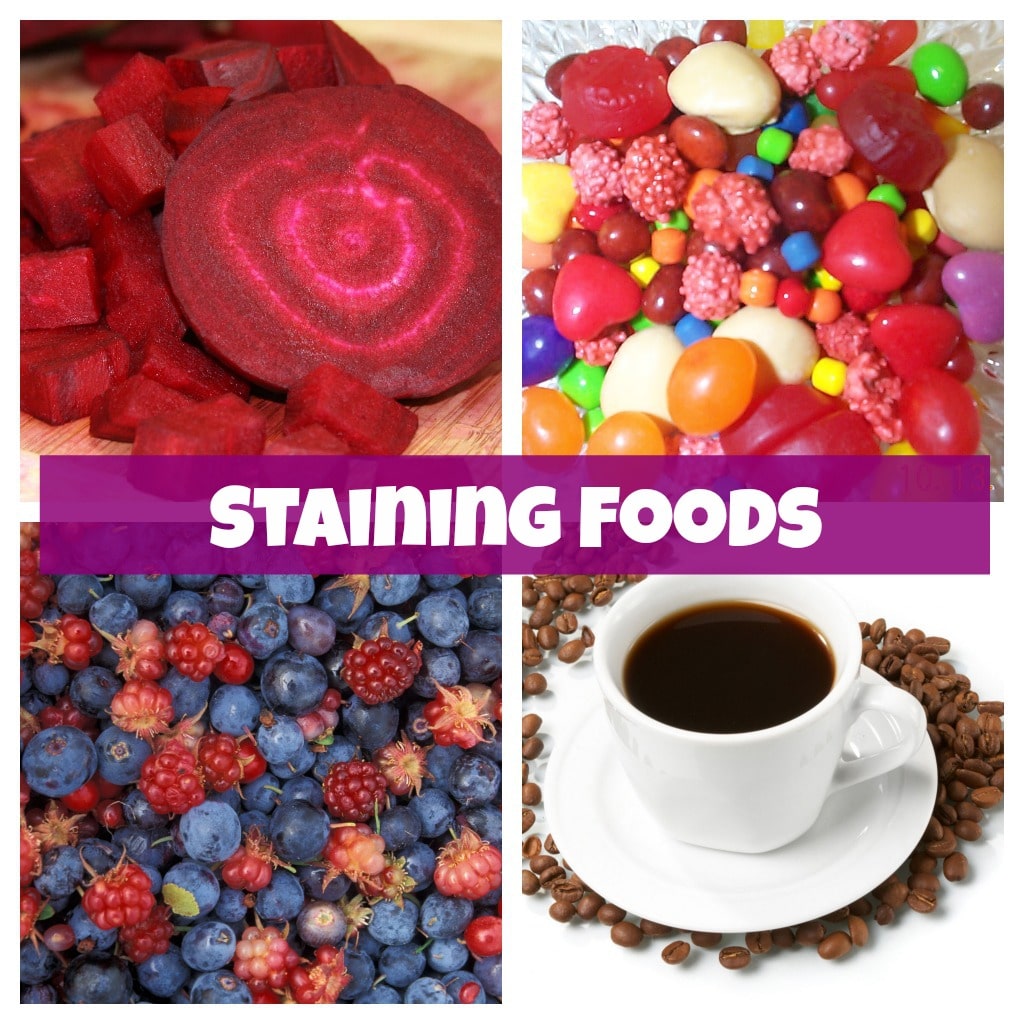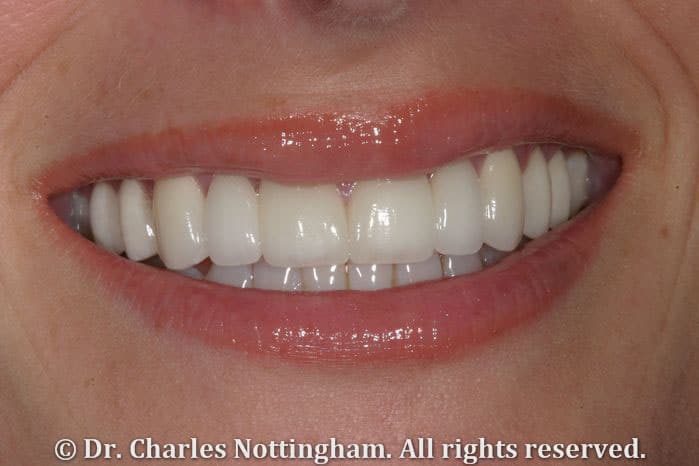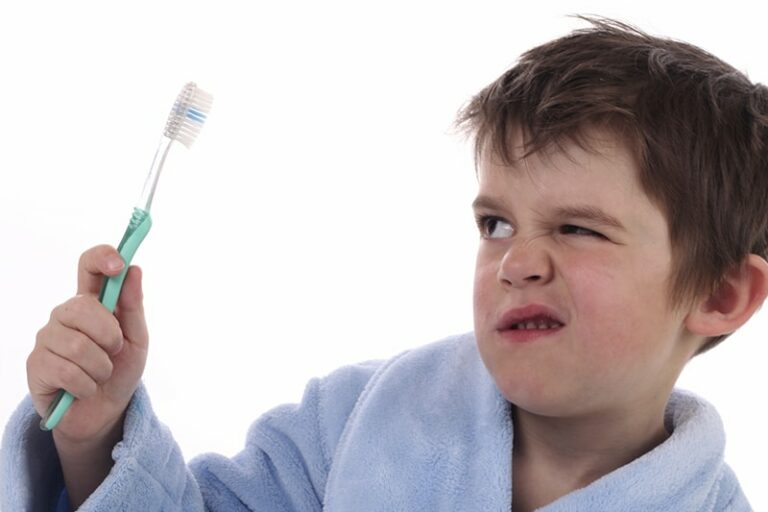Teeth staining: Top 10 things to avoid
Teeth are porous and made up of hollow tubelike structures called dentin tubules. These form the part of the tooth between the enamel (surface) and the pulp (core) of a healthy tooth. Some people develop stronger tooth enamel in their formative years, thanks to genetics and good brushing and flossing. But people with weaker enamel soak up things they eat and drink through their dentin tubules, and the surfaces of their teeth look stained.
1. Coffee
Most of us enjoy waking up to a fresh, warm cup of coffee everyday. Unfortunately, that yummy morning habit is giving you a dull, dingy smile. Coffee beans have a dark brown color that sinks into your teeth. It is mostly noticed on the upper front teeth. If you cannot kick the habit try following the coffee with a glass of water.
2. Tea
Between coffee and tea, tea is the lesser of the two evils. Tea, whether it is warm or hot can stain your teeth after a long period of time. There are alternatives to traditional teas which include green and white tea.
3.Cigars,cigarettes and chewing tobacco
By now, most of us are aware that nicotine is very harmful to our health and bodies. However, some of us do not realize the damage that nicotine does to our teeth. Some nicotine stains can be removed by dental professionals and some are forever painted onto your smile.
4. Red wine
Red wine stains are the hardest to avoid. It is hard for us women to bring a toothbrush with us out on the town. It would be best to only drink red wine when you will be able to immediately brush your teeth when your finished. Try sticking to a blush or white wine when you are out.
5. Grape juice
Fruit juices are very high in sugar and have actually been more detrimental to the teeth of test animals than sodas! If you want to drink fruit juice, buy a juicer and make your own with organic fruit. It’s best to dilute a small amount of fruit juice with mineral water.
6. Soft drinks
Now that soft drinks are sold in almost all public and private schools, dentists are noticing a condition in teenagers that used to be found only in the elderly—a complete loss of enamel on the teeth, resulting in yellow teeth. The culprit is phosphoric acid in soft drinks, which causes tooth rot as well as digestive problems and bone loss. Dentists are reporting complete loss of the enamel on the front teeth in teenaged boys and girls who habitually drink sodas.
Normally the saliva is slightly alkaline, with a pH of about 7.4. When sodas are sipped throughout the day, as is often the case with teenagers, the phosphoric acid lowers the pH of the saliva to acidic levels. In order to buffer this acidic saliva, and bring the pH level above 7 again, the body pulls calcium ions from the teeth. The result is a very rapid depletion of the enamel coating on the teeth.
7. Kool-Aid/Fruit punch
Anyone with small children in there family is familiar with the kool-aid stained mustache. If this kid- friendly drink can do that to their skin, just imagine what it can do to their teeth. Make sure you and/or your child rinse with water following the kool-aid.
8. Berries/cherries
Blueberries, blackberries, raspberries, and cherries are all good for your health but not necessarily your smile. Avoid these foods completely if you are bleaching your teeth or have recently finished bleaching your teeth.
9. Soy sauce
Very few people know that there are many types of soy sauce. The big issue in teeth staining comes from the soy sauces that have sugary, starchy molasses included. If at all possible stick with the light soy sauce to avoid staining.
10. Artificially colored foods
Artificial coloring is in many foods that are packaged or pre-prepared. It is hard to avoid this culprit on a daily basis because of time constraints. Because the dyes are mixed in with the solids it is not as concentrate as some of the other offenders on this list.
If you or anyone you know is a victim of teeth staining visit our website for a list of whitening procedures that can dramatically change your dingy smile into pearly whites. www.smilesouthflorida.com
Reference:
- “Some Nutritional Aspects of Sugar, Candy and Sweetened Carbonated Beverages,” Journal of the American Medical Association, 1942;120:763-5.






